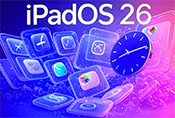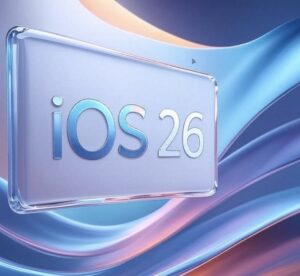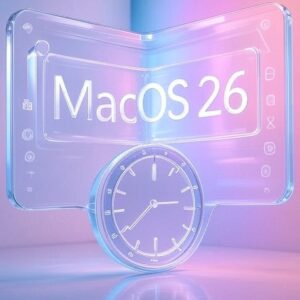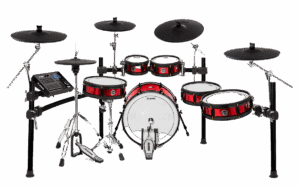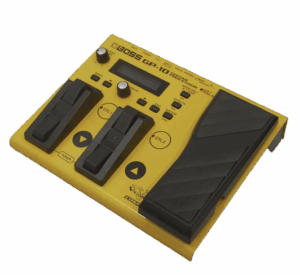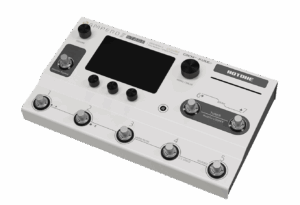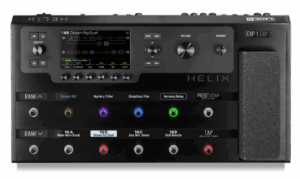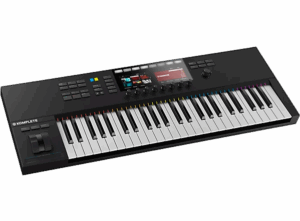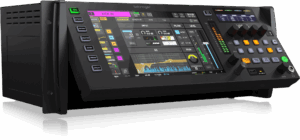MacOS 26 Review
4 min read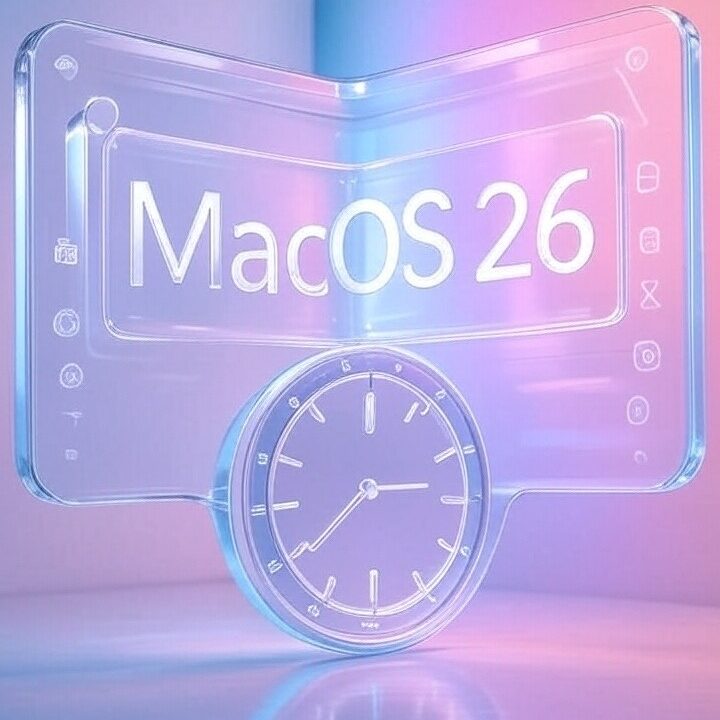
macOS 26 (Tahoe) A Glassy, Intelligent Upgrade
Apple’s macOS 26, unveiled as macOS Tahoe at WWDC 2025 and slated for a fall 2025 release, brings a transformative update to the Mac ecosystem with its stunning Liquid Glass design and a host of productivity-enhancing features. This version jumps from macOS 15 to 26, aligning with Apple’s new year-based naming convention across all platforms, reflecting a cohesive vision for 2025-2026. The developer beta is available now, with a public beta in July, offering early glimpses of a sleek, translucent interface and smarter tools powered by Apple Intelligence. While the design overhaul is visually striking, some features are limited to newer M-series Macs, and the beta phase may reveal stability issues. Here’s a detailed review based on Apple’s announcements and early beta insights.
What’s New in macOS 26 (Tahoe)
- Liquid Glass Design:
- Introduces a translucent, glass-like aesthetic across the desktop, Dock, menu bar, and toolbars, inspired by visionOS and iOS 26.
- Menu bar becomes fully transparent, blending into the background for a larger apparent display area.
- Offers customizable folder colors, emoji labels, and icon tinting for a personalized look, with light and dark mode enhancements.
- Impression: The design is elegant and modern but may feel reminiscent of older interfaces like Windows Vista; readability could be a concern for some users.
- Spotlight Overhaul:
- Features the “biggest update ever” with context-aware search, ranking results by relevance and supporting natural language queries.
- Introduces Quick Keys (e.g., “SM” for send message, “AR” for add reminder) and Quick Actions to execute tasks like composing emails or rotating images directly in Spotlight.
- Adds clipboard history and integration with third-party cloud storage for broader search capabilities.
- Impression: A game-changer for productivity, making Spotlight a command center akin to third-party tools like Alfred.
- Phone App and Continuity Enhancements:
- Brings the iPhone Phone app to Mac, supporting Recents, Contacts, Voicemails, Call Screening (identifies unknown callers), and Hold Assist (notifies when a live agent is available).
- Syncs Live Activities (e.g., Uber rides, flight updates) from iPhone to the Mac menu bar, with click-through to iPhone Mirroring for details.
- Impression: Seamless iPhone-Mac integration is a standout, though cellular call support is limited to Wi-Fi via Continuity.
- Apple Intelligence Features:
- Enhances Reminders with AI to review emails, notes, or websites for action items and auto-categorize tasks.
- Upgrades Genmoji and Image Playground with customizable emoji blending, new art styles (e.g., oil painting, vector art), and ChatGPT integration.
- Adds Live Translation for Messages, FaceTime, and Phone calls, using on-device processing for privacy.
- Impression: These tools boost creativity and communication, but full functionality requires M-series Macs.
- Apple Games App and Metal 4:
- Introduces a dedicated Games app with Home, Arcade, Play Together, and Library tabs for managing games, social features, and recommendations.
- Adds a game overlay for in-play settings adjustments and Metal 4 support, featuring frame interpolation and denoising for enhanced graphics.
- Impression: A solid step for Mac gaming, though it lags behind Windows’ ecosystem; Metal 4 is a technical win for developers.
- Shortcuts and Productivity Tools:
- Expands Shortcuts with AI-driven actions (e.g., text summarization, image generation) and automations triggered by time or device events (e.g., connecting a display).
- Improves Finder with resizable columns, collapsible folders, and default app settings for file types.
- Impression: Shortcuts’ new depth is a power-user delight, while Finder tweaks enhance organization.
- Messages and FaceTime Updates:
- Adds customizable backgrounds, polls, typing indicators, and Apple Cash support in Messages, with Live Translation for cross-language chats.
- Enhances FaceTime with Contact Posters for recent callers and Liquid Glass controls that fade when unused.
- Impression: These features mirror iOS 26, adding fun and functionality to Mac communication.
- Accessibility and Niche Features:
- Introduces Accessibility Reader for system-wide text customization and Magnifier with Continuity Camera for zooming via iPhone.
- Adds Vehicle Motion Cues to reduce motion sickness and a Journal app for handwritten or typed entries synced across devices.
- Impression: Accessibility gains are thoughtful, while Journal adds a personal touch for creative users.
- Compatibility and Availability:
- Supports Macs with M-series chips (e.g., 2020 M1 MacBook Air and later), dropping 2018 MacBook Pro, 2019 iMac, and other Intel models.
- Developer beta is available now, public beta in July, with a full release expected in September or October 2025.
- Impression: The shift to M-series exclusivity may frustrate Intel Mac users, but the timeline aligns with typical Apple cycles.
Final Thoughts
macOS 26 (Tahoe) is a bold evolution, blending a gorgeous Liquid Glass redesign with practical AI and continuity features that tighten the Mac-iPhone bond. The Spotlight overhaul and Shortcuts enhancements are productivity wins, while the Phone app and Games app cater to diverse users. However, the design’s transparency may not suit everyone, and older Intel Macs are left behind. For M-series Mac owners, this update promises a fresher, smarter experience—though waiting for the stable fall release is advisable to avoid beta bugs. Tahoe builds on what makes macOS great, making it a compelling upgrade for the Apple ecosystem.
Disclaimer: This review is based on Apple’s WWDC 2025 announcements and early developer beta insights. Features may evolve before the final release.

